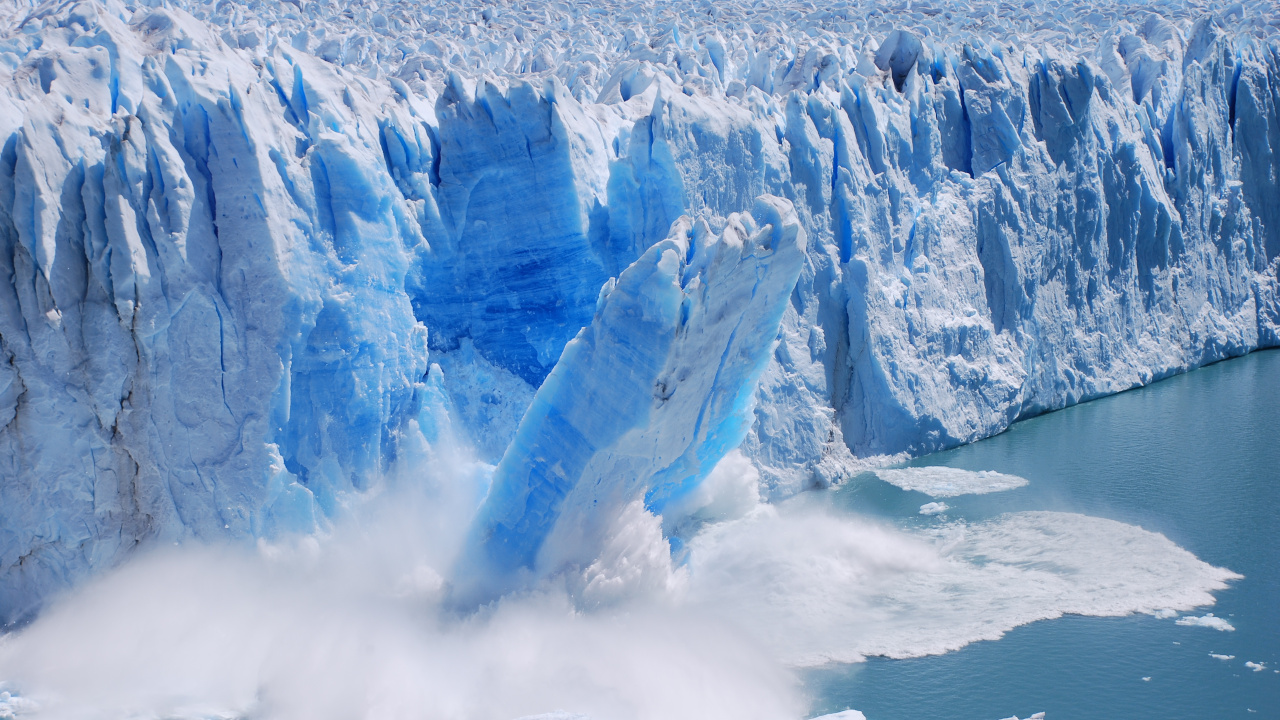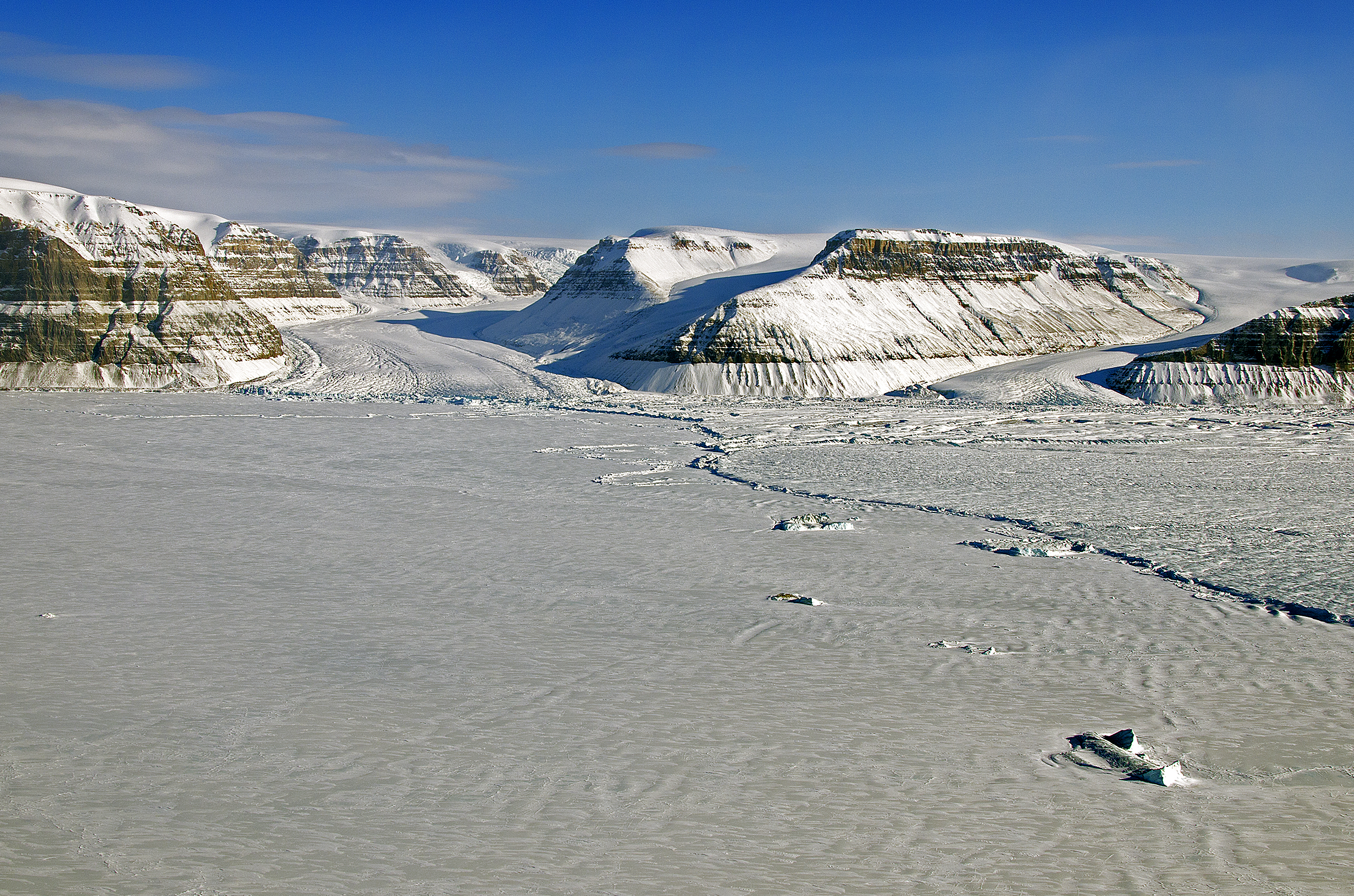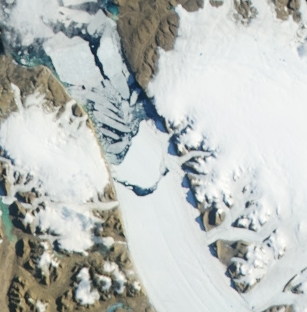#moon #tides
The Moon, Sun and Tides
Tides affect other aspects of oceanic life, including the reproductive activities of fish and ocean plants. Floating plants and animals ride the tidal currents between the breeding areas and deeper waters. The tides help remove pollutants and circulate nutrients ocean plants and animals need to survive.
Tides and Water Levels. The Importance of Monitoring the Tides and Their Currents
Predicting tides has always been important to people who look to the sea for their livelihood. Commercial and recreational fishermen use their knowledge of the tides and tidal currents to help them improve their catches. Depending on the species and water depth in a particular area, fish may concentrate during ebb or flood tidal currents. In some areas, strong tidal currents concentrate bait and smaller fish, attracting larger fish. In addition, knowledge of the tides has also been of interest to recreational beach goers and surfers.
Science
- Though the gravitational force exerted by the Sun on the Earth is almost 200 times stronger than that exerted by the Moon, the tidal force produced by the Moon is about twice as strong as that produced by the Sun.
The reason for this is that the tidal force is related not to the strength of a gravitational field, but to its gradient.
- Tides are the cyclic rising and falling of Earth's ocean surface caused by the tidal forces of the Moon and the Sun acting on the Earth.
Tides cause changes in the depth of the sea, and also produce oscillating currents known as tidal streams, making prediction of tides important for coastal navigation.
- The strip of seashore that is submerged at high tide and exposed at low tide, the intertidal zone, is an important ecological product of ocean tides.
- The changing tide produced at a given location on the Earth is the result of the changing positions of the Moon and Sun relative to the Earth coupled with the effects of the rotation of the Earth and the local bathymetry (the underwater equivalent to topography or terrain).






